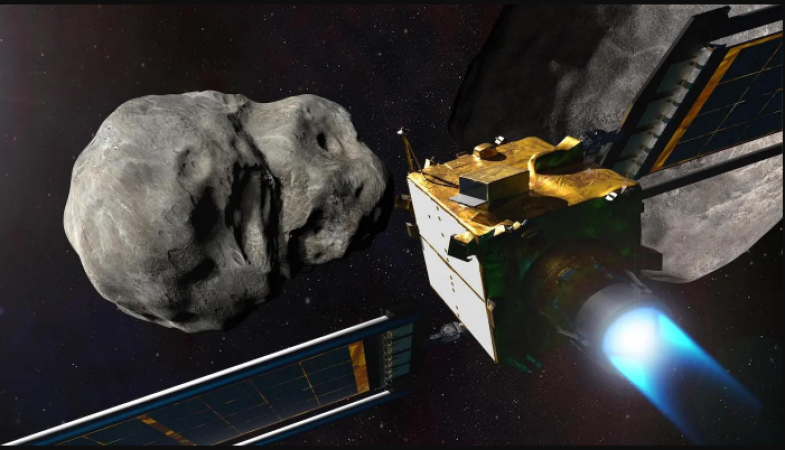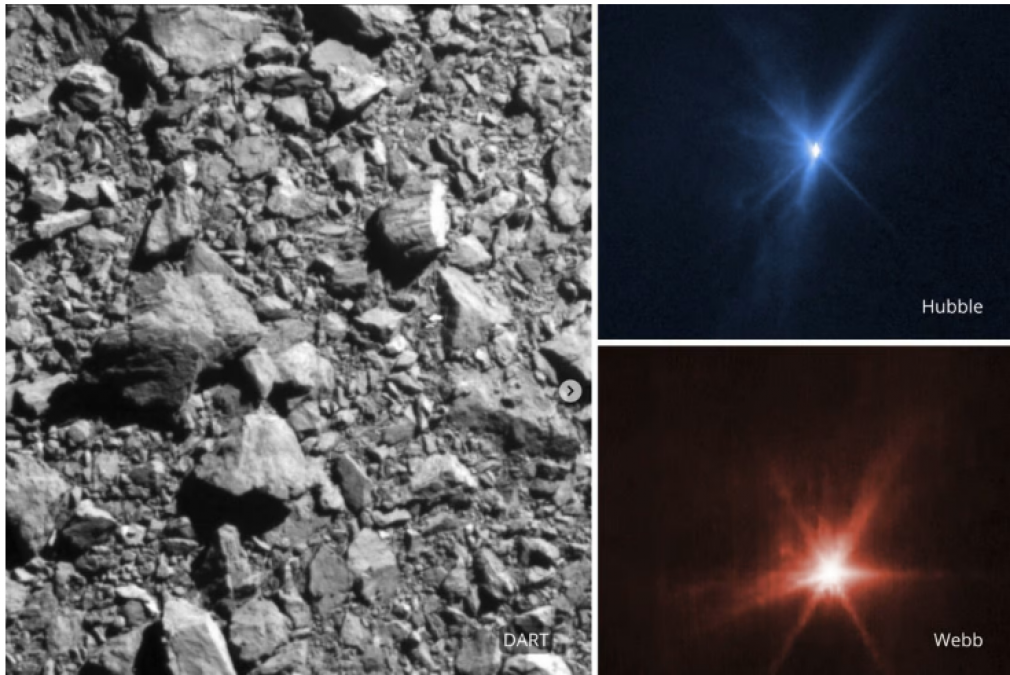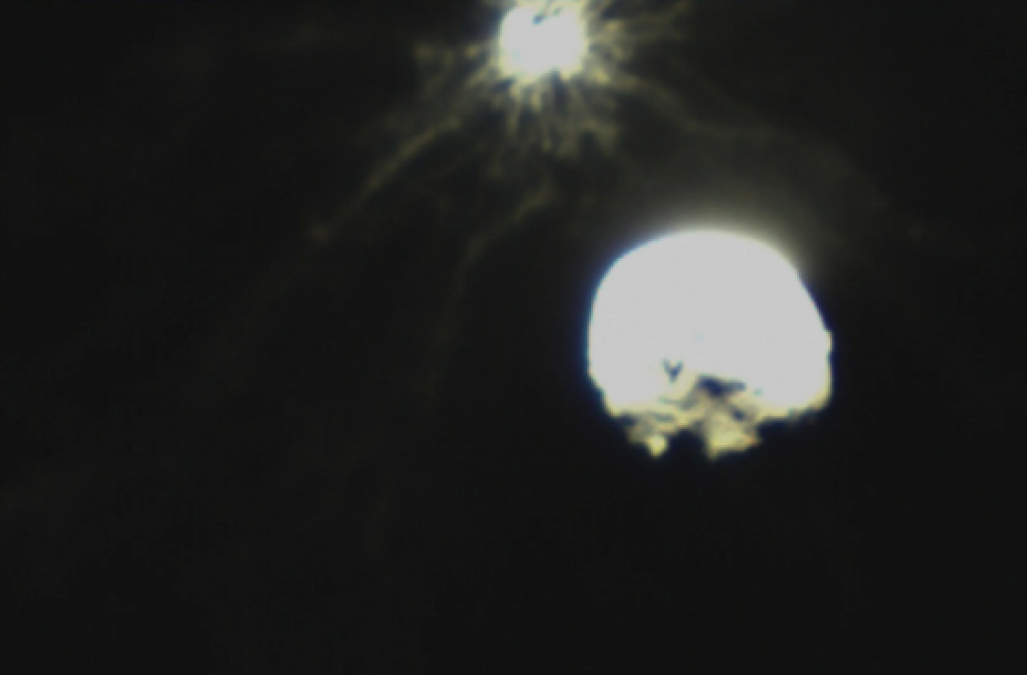
USA: The first images of a spacecraft purposefully colliding with an asteroid were made public on Thursday by the James Webb and Hubble telescopes, as astronomers noted that the impact appears to have been much greater than anticipated.
Earlier this week, the world's telescopes focused on the space rock Dimorphos for a historic test of Earth's capacity to protect itself against a potential life-threating asteroid. On Monday night, 11 million kilometres (6.8 million miles) from Earth, NASA's Double Asteroid Redirection Test (DART) impactor slammed into its rugby ball-sized pyramid target.

Telescopes on Earth captured images of Dimorphos and its larger brother Didymos, around which it orbits, showing an enormous cloud of dust expanding after the spacecraft hit.
Also Read: Nasa’s Dart spacecraft strikes asteroid in test of defense against killer space rocks
The James Webb and Hubble images "zoom in much closer," according to Alan Fitzsimmons, an astronomer at Queen's University Belfast who participated in observations with the Atlas project, whereas those images showed matter spraying out over thousands of kilometres.
Fitzsimmons stated that the views provided by James Webb and Hubble are "within just a few kilometres of the asteroids and you can really clearly see how the material is flying out from that explosive impact by DART." It's really quite amazing, I must say.
According to a joint statement from the European Space Agency, James Webb, and Hubble, an image taken by James Webb's Near-Infrared Camera (NIRCam) four hours after impact shows "plumes of material appearing as wisps streaming away from the centre of where the impact took place."
The growing spray of matter from where Dart hit is visible in Hubble images taken 22, 5, and 8 hours after impact.
The "really impressive" Webb and Hubble images, according to Ian Carnelli of the European Space Agency, are strikingly similar to those captured by the toaster-sized satellite LICIACube, which was just 50 kilometres from the asteroid after severing its connection with the DART spacecraft a few weeks ago.
According to Carnelli, the mission manager for the ESA's Hera mission, who plans to examine the damage in four years, the images show an impact that appears to be "a lot bigger than we expected." At first, Carnelli admitted, "I was really concerned there was nothing left of Dimorphos."
Also Read: NASA's spaceship is rapidly approaching its target in a critical test to redirect asteroids

The Hera mission, scheduled to launch in October 2024 and land on the asteroid in 2026, was intended to survey a crater with a diameter of about 10 metres (33 feet).
Carnelli stated, "If there is a crater at all, maybe a piece of Dimorphos was just chunked off," adding that it now appears to be much larger.
The world can start preparing to defend itself against larger asteroids that could head our way in the future by determining exactly how much Dart's trajectory divergence of the asteroid enabled.
The first estimate of how much the asteroid's orbit has changed will likely take Earth-based telescopes and radars three to four weeks, and at least a weeks before there is a precise measurement
I anticipate a much larger deflection than what we anticipated, he said.
As a result, this technique could potentially be applied to much larger asteroids, which would have "huge implications in planetary defence," according to Carnelli. "Until today, we believed that sending a nuclear device would be the only deflection method."
Fitzsimmons claimed that Dart would still have slightly altered Dimorphos' orbit even if no material had been "flung off" the planet. But the more material that is moving quickly will cause a greater deflection, he added.
Also Read: Thank God song Manike Mage Hithe out, Watch Nora Fatehi's seductive dance
The observations from James Webb and Hubble will help determine the type of the asteroid's surface as well as how much and how quickly matter sprayed from it.
The two space telescopes saw the same celestial object for the first time during the asteroid impact.
Since its launch in December and the publication of its first images in July, James Webb has supplanted Hubble as the most potent space telescope.
"A beautiful demonstration of the additional science you can get by using more than one telescope simultaneously," Fitzsimmons said of the images.